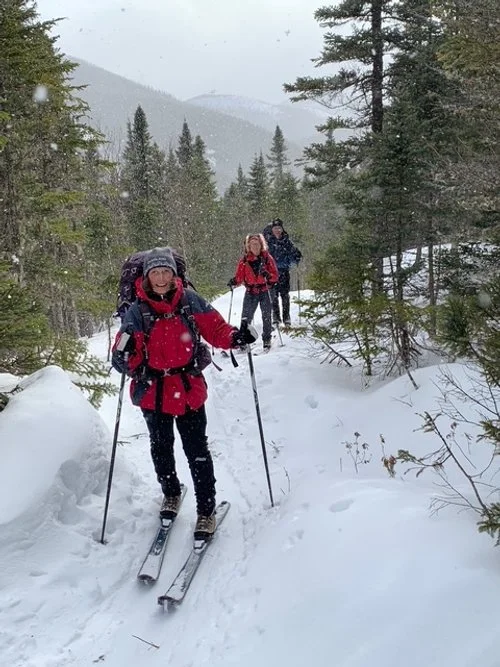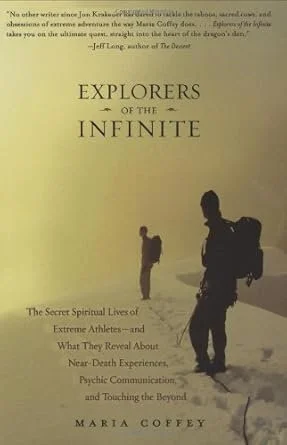What Doesn’t Kill You Makes You Stronger
A Nordic Skiing Adventure “Misogi”
What doesn’t kill you makes you stronger, they say in adventures and other life challenges. In March, Jon and I with two friends successfully cross-country skied the remote and cold Traversee de Charlevoix, 102 km (60 miles) hut-to-hut on our own over five nights and six days. We had dreamed this up in August of last year, when it all sounded appropriately doable. After all, we had done a Nordic ski trip in Finland last year and figured if they put it out there on the web as a trip, we could do it. This trip upped the ante since we did it without a guide, carrying all our food, sleeping bags, first aid kit and other emergency items, with more mountainous terrain requiring backcountry skis and skins. The weather and snow conditions were challenging; it had rained a few days before we began and it was often too icy to ski, so we joked that it was actually a winter hiking trip carrying our skis with a chance of maiming or death. It was our Misogi. Misogi started as a sacred Japanese Shinto ritual of purification, but today, it’s also a powerful metaphor for pushing past your limits. While our limits were certainly tested, we had a great time every evening at the cabins, it was incredibly beautiful, and I’m surprising myself that I’m already remembering upon it fondly. It got me thinking more about doing hard things, the benefits, and whether it actually qualifies as fun or not.
Modern misogi, especially popularized in the West by people like Michael Easter in The Comfort Crisis, is about doing something physically and mentally daunting—ideally once a year—to stretch your limits. (I also think this could be used in a workplace context if you strive for a project or similar that is daunting).
The Key Ingredients of a Modern Misogi:
Uncertainty of success -a legit chance you won’t finish
A bit scary—you should feel resistance and nerves
Growth-oriented—something that redefines your limits
Once-a-year—to recalibrate your relationship with discomfort
These criteria are helpful as I reflected on this trip. Yes, this adventure qualifies! I truly feel accomplished, and I need to acknowledge it’s just a bit too early to consider the next one.
The second distinction I’d like to offer is about Fun. Was it fun? I think so, yet there was a lot of discomfort. Then I learned the idea of labeling experiences as Type 1, Type 2, or Type 3 fun. This comes from the mountain climbing world, where adventurers needed a way to talk about the different flavors of challenge and enjoyment they encountered. But these categories are just as relevant in everyday life, leadership, and personal growth.
Think of it as a scale — on one end, you have pure, in-the-moment enjoyment, and on the other, you have intense difficulty, even danger, that only maybe feels worthwhile later on. Let’s break it down:
Type 1 Fun
This is the good stuff — enjoyable as it’s happening. You’re having a blast, you don’t want it to end, and later you remember it with a smile. Think beach days, spontaneous laughter, or a great meal with friends.
Type 2 Fun
This kind of fun doesn’t usually feel like fun while you’re in it. It might be exhausting, stressful, or uncomfortable — but afterward, you look back and realize it was deeply rewarding. Running a marathon, leading a tough project, or climbing a mountain all fit here.
Type 3 Fun
This one’s a bit of a misnomer — it’s not actually fun, not during, and not even after. It usually involves serious discomfort, high risk, and the kind of experience that makes you question your judgment. When it’s over, you’re relieved and probably saying, “Never again.” But later? It somehow becomes one of your best stories.
What about you? Have you ever faced a situation at work—or in life—that felt like an insurmountable challenge? Drop me a note, I’d love to hear.
Great Link
This GoPro 2024 compilation is an adrenaline-filled, heart-stopping demonstration of the extremely adventurous! (3:33)
Reflection Exercise: Moving from Theory to Action
To support you in practicing misogi and different kinds of fun:
1. When was the last time you intentionally took on a challenge with a real risk of failure? What did you learn about yourself from that experience—and how did it reshape your sense of what you're capable of?
2. What would a “workplace misogi” look like for you? Is there a project, conversation, or leadership stretch that feels just scary enough—and could expand your leadership capacity?
3. Looking back over the past year, which moments or experiences stand out as Type 1, 2, or 3 fun?
What do these patterns reveal about how you relate to challenge, discomfort, and joy?
4. How might a mix of all three “types of fun” support your growth as a leader? Is there a balance you want to shift—more lightness and spontaneity, or more deliberate stepping into Type 2 discomfort?
Quarterly Quote
“Sometimes it's like: If something terrifies you, you should totally do it BECAUSE it terrifies you. And then you'll do it and you'll realize what you're capable of.”
― Jonathan Saccone-Joly
Book Review
Explorers of the Infinite: The Secret Spiritual Lives of Extreme Athletes-and What They Reveal About Near-Death Experiences, Psychic Communication, and Touching the Beyond
By: Maria Coffey
While not often talked about, on this trip (and in a few other physical challenges), there was a moment when I experienced an alternate state of flow, being one with nature and I burst into tears with a deep feeling of a connection with God/source/spirit. I didn’t quite know what to make of it, and then a week later, while watching the crazy adventure movie “Wild Days” at a film festival, there is a scene where one of the men, after a stunning ski descent, is crying as he describes the feeling of beauty, euphoria and connection. Surfers often reference it while in the green room or barrel of the hollow of a big wave. Some refer to it as “soul surfing.” My curiosity brought me to this book that delves into the spiritual experiences of extreme adventurers and what we can learn from them. A fascinating and narrative-changing read.





